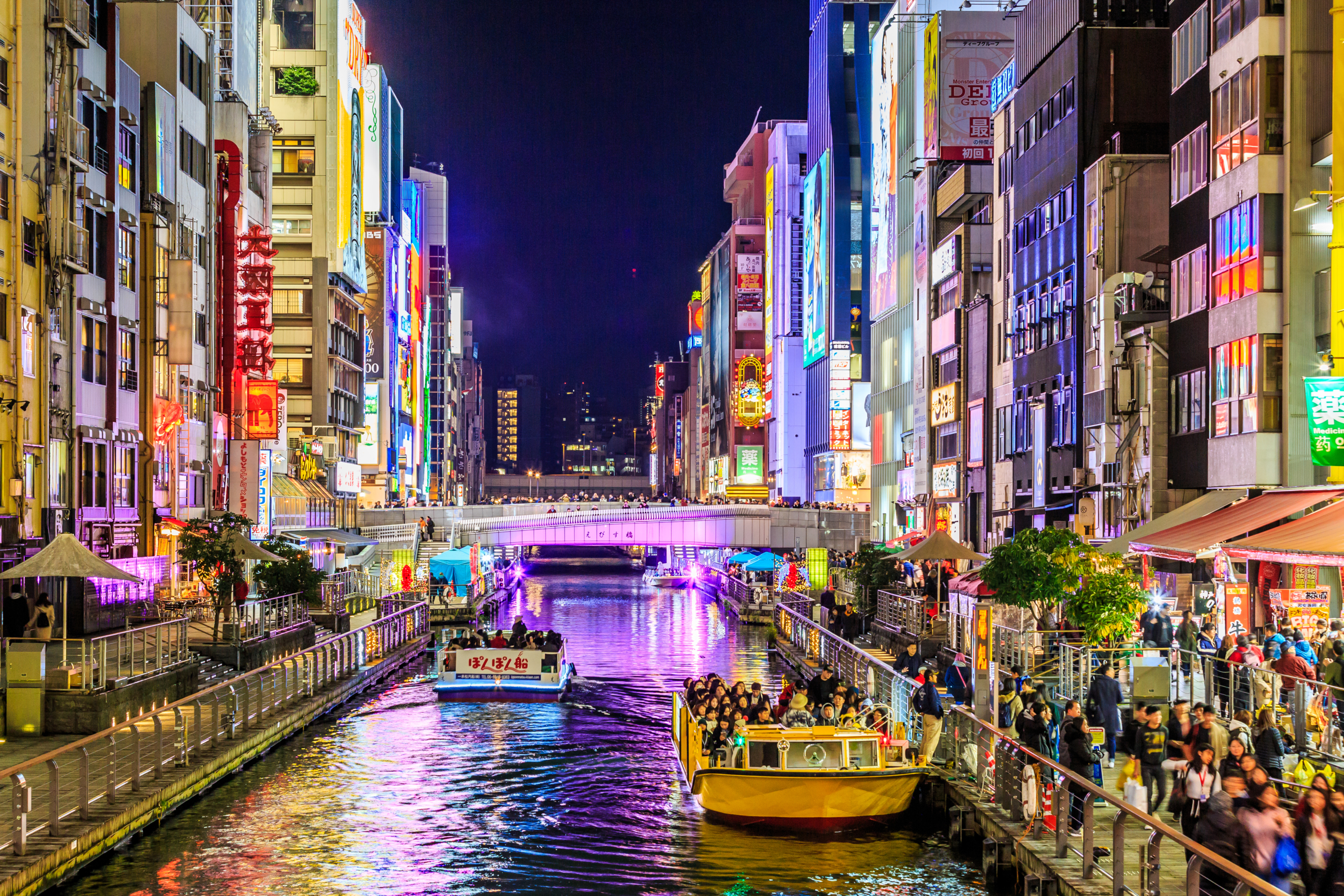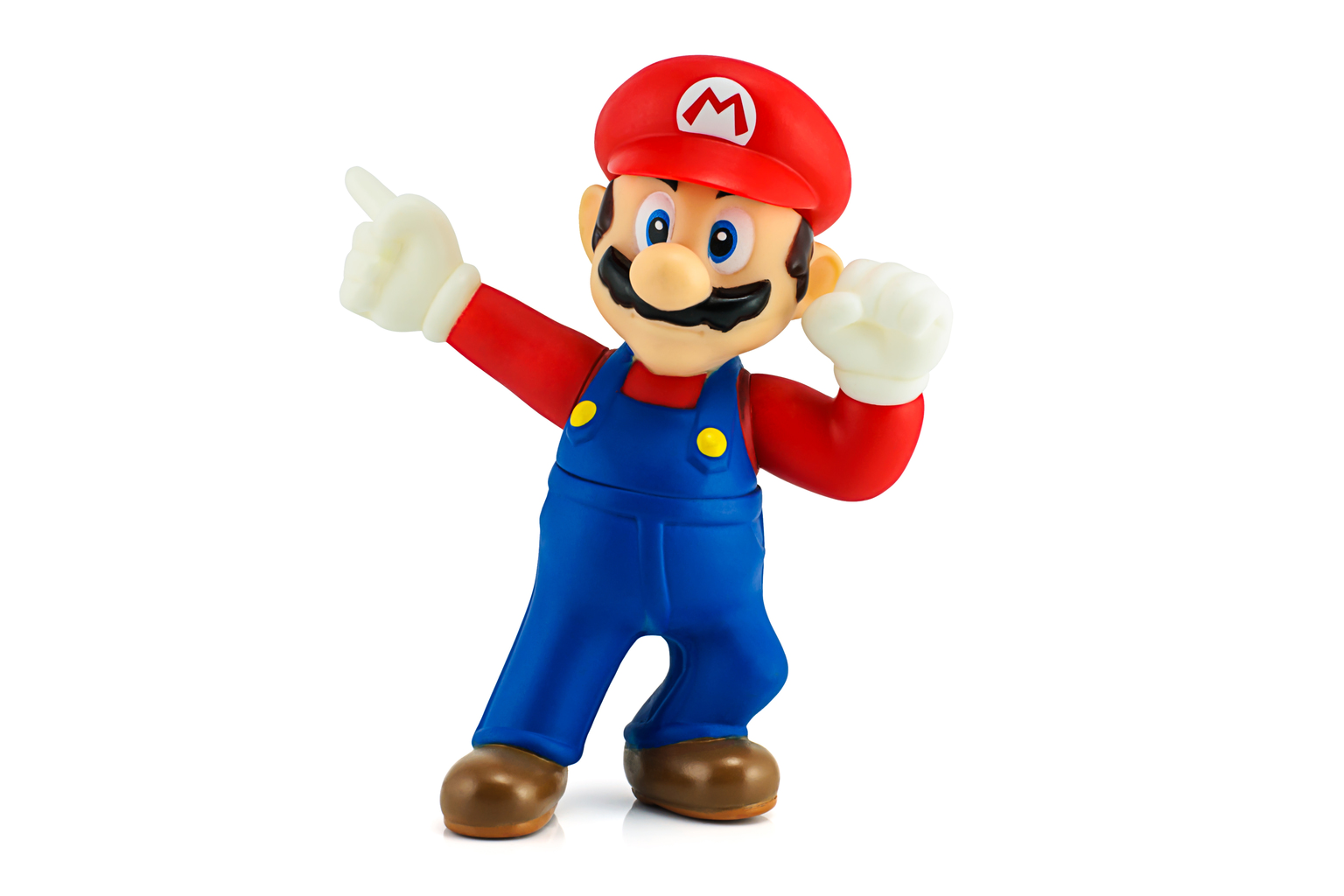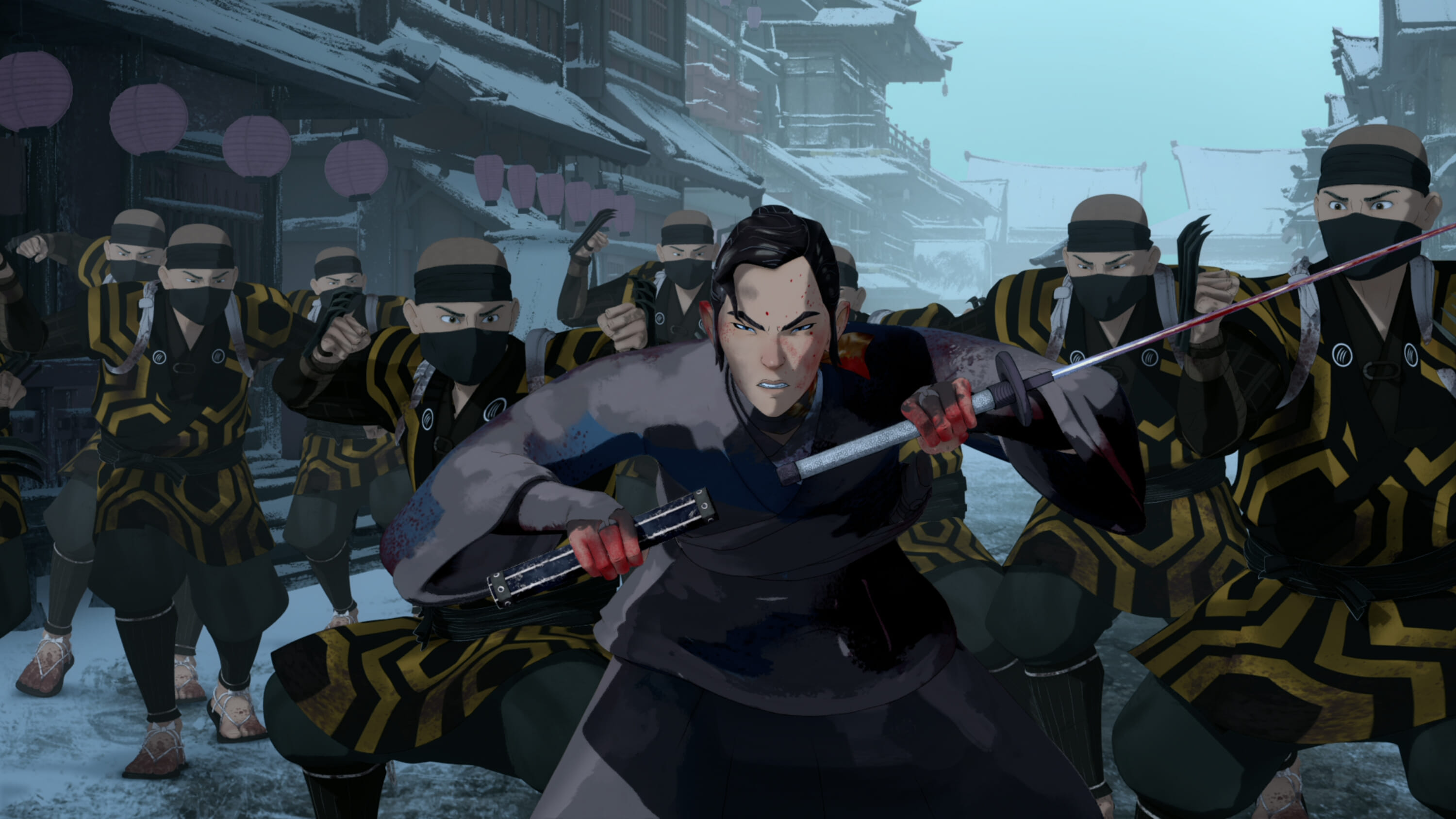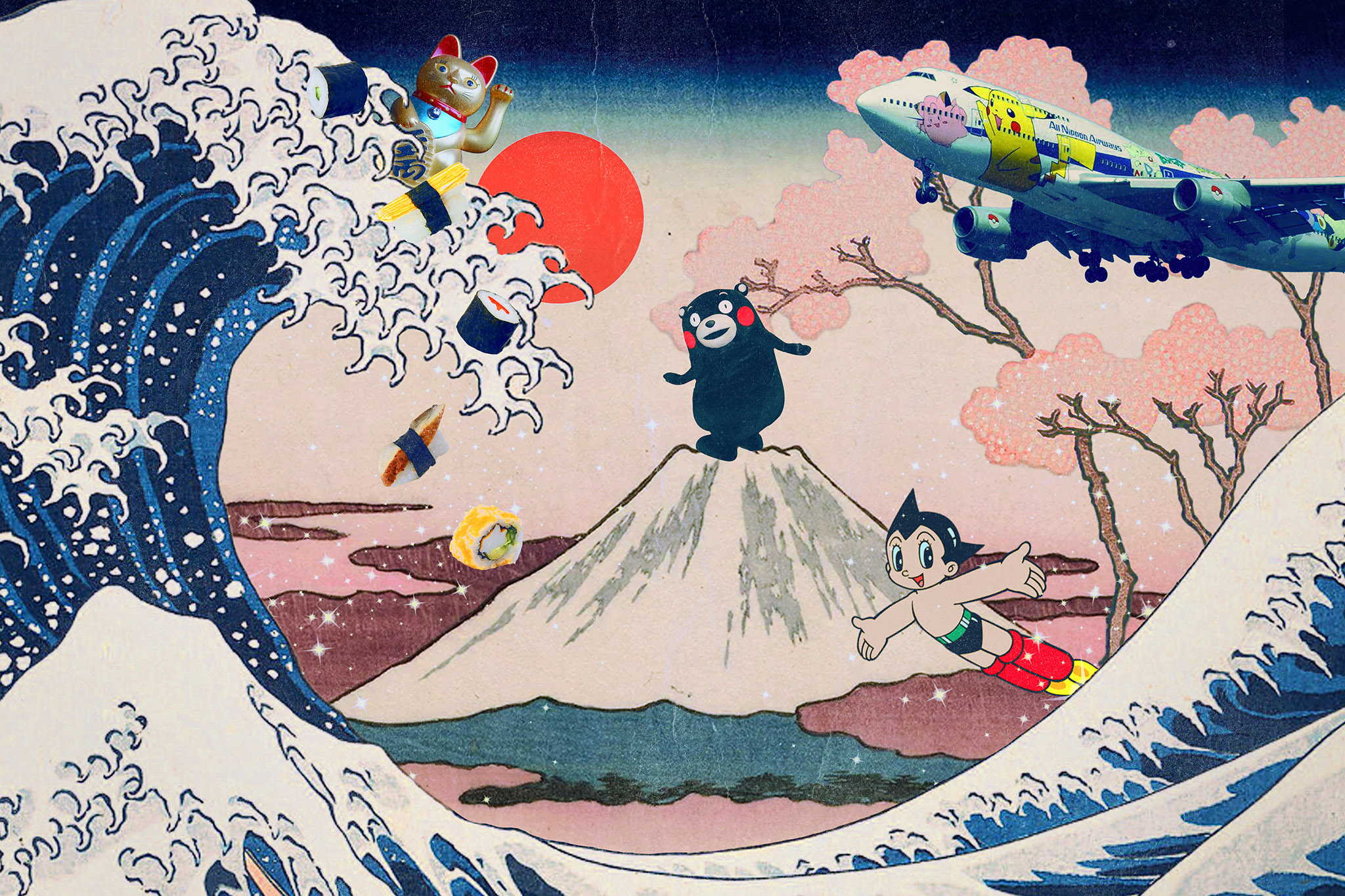I took a little wander around my family home in Northern Ireland the other day, trying to be as observant as possible. Amid the Christmas decorations, festive lights and trappings of childhood nostalgia, I saw signs — as I thought I might — of Japan everywhere.
A Nissan in the driveway. A PlayStation and an old Nintendo console in one room. A Sharp TV and a Toshiba laptop in another. Pokémon and Yu-Gi-Oh! cards in the attic. Kikkoman soy sauce and panko breadcrumbs in the kitchen cupboard. I uncovered some anime VHS tapes that have long since degraded and a dusty old Canon camera that’s seen better days. I then stuck on Netflix, where I was greeted by trailers for Demon Slayer, Alice in Borderland, Samurai Gourmet and the pantheon of Studio Ghibli classics.
None of this reflects any particular obsession my family has with Japonisme — that predilection fell to me — but rather it proves that Japan is one of the world’s great exporters of pop culture, technology and things Japanese. This is no secret. Japan’s increasing cultural ubiquity and stellar international image were major drivers behind the number of expats hitting a record 3.2 million in 2023 and the monthly tourism figures surpassing pre-pandemic levels. Japan hasn’t achieved this through coercion, deceit or with an open-door immigration policy. It has instead relied on the exertion of soft power.

Japan is building a tourism nation | Photo by Avigator Fortuner via Shutterstock
A Soft Power Behemoth
Soft power, put simply, is the use of positive attraction and persuasion to achieve foreign policy objectives. If we think of foreign policy objectives, in this case, as Japan making itself appealing to the outside world and building a tourism nation — a national government aim since 2006 — there’s no question that Japan has turned itself into a soft power behemoth.
It hasn’t happened overnight, either. As Japan rose like a phoenix from the ashes of WWII, the economy surged thanks to booming manufacturing industries and keiretsu, business groups with interlocking interests and shareholdings that also held influence in the National Diet. As the value of Japanese exports grew, so did American fears that Japan was going to overtake it in terms of economic might and cultural significance.
English-language books on Japanese business and management techniques grew to prominence during the height of the bubble, while later studies, such as Yasushi Watanabe’s Soft Power Superpowers, Carl Cassegaard’s Pop Culture Diplomacy in Japan and Japanamerica by Roland Kelts, examined the culture’s global pervasiveness from different angles.
In 1983, then-Prime Minister Yasuhiro Nakasone told Time magazine, “In the past, we have been lacking in our efforts to publicize Japan culturally. We have done quite well in exporting products. But from now on, we must make greater efforts in exporting cultural information.”
His sentiments haven’t aged well. Because as we slide into 2024, Japan’s soft power image is close to an all-time high. And to find out how this manifests itself, you don’t have to look far.

Japan’s soft power can be seen through its cultural exports such as video game characters like Mario
Capturing the World’s Imagination
When I covered Japan at the 2023 Rugby World Cup in France, I was constantly reminded of the different ways in which soft power can influence. Japan was, barring perhaps Fiji, everyone’s favorite underdog. The Brave Blossom’s vibrant playing style was a factor. Yet so was Japan’s presentation of itself as a place to be.
Almost every wide-eyed fan I encountered, whether they’d been to Japan, or had it inked atop their bucket list, viewed the country as a kind of utopia in the East; a nation where the people are kind, the public services work, the food is delicious and the culture rich and varied. If one goes to Japan in search of the land of one’s dreams, the land of one’s dreams one often finds. The question then arises: What’s the source of such dreams?
One explanation is that Japan has become a master at capturing the imagination, then keeping you in its thrall. Take video games as an example. As the home of Sony, SEGA, Nintendo, Square Enix, FromSoftware and more, it has given rise to brands and characters that have transcended the boundaries of their industry, from the Game Boy and Wii to Mario and Donkey Kong. Any murmurings that Japan was losing its relevance in the global gaming community during the 2010s have since been quashed.
Animal Crossing: New Horizons, a Nintendo Switch exclusive, was a pandemic success story, selling more than 30 million units in 2020, the year of its release. In 2022, Pokémon Scarlet and Violet and Elden Ring, both developed in Japan, were the best-selling titles across all platforms, with 20 million units sold apiece. Meanwhile, Nintendo-developed The Legend of Zelda: Tears of the Kingdom is in the running to top the podium in 2023.

Blue Eye Samurai. Cr. COURTESY OF NETFLIX © 2023
Changing Perceptions
Anime is also hitting an apotheosis. Hayao Miyazaki‘s swan song film, The Boy and the Heron, earned a record-breaking $12.8 million on its opening weekend, becoming the first original anime title to top the North American box office chart. This comes at a time when anime series are regularly among the most popular shows on Netflix and when American animation studios are looking to Japan as a source of inspiration. At a glance, you could be convinced that Castlevania, Oni: Thunder God’s Tale, Dota: Dragon’s Blood, Blue Eye Samurai and Blood of Zeus were devised in the skyscrapers of Tokyo, not in American boardrooms.
It’s interesting how quickly perceptions can change. During the height of the pandemic, there were fears that Japan’s rigid, and at times xenophobic, border policies would augur a Japanophile downturn. Some people, and I know this because I interviewed them, may have turned their backs on Japan as their muse when the country reciprocated in kind. But histrionics within media and academia have a way of perpetuating themselves in an echo chamber as the rest of the world goes about its business in ignorant bliss.
In some quarters, the reverse may have been true. While inhabitants of the West were sequestered at home during the repeating cycle of lockdowns, binge-watching Attack on Titan or playing marathon sessions of Final Fantasy VII Remake, their appreciation of Japanese culture may have deepened as their desire to visit (or revisit) strengthened.
The cultural soft power forces that Japan exerts are unique. It doesn’t rely on the bombast, bravado and bigger-is-better approach of America, but has instead harnessed style and creativity, restrained sensitivity and inherent dependability to massage its way into homes across the globe. As an approach, it feels more palatable. And better yet, it’s one that works.









